Home>Gardening & Outdoor>Landscaping Ideas>How To Make A Yard Look Nice Without Grass
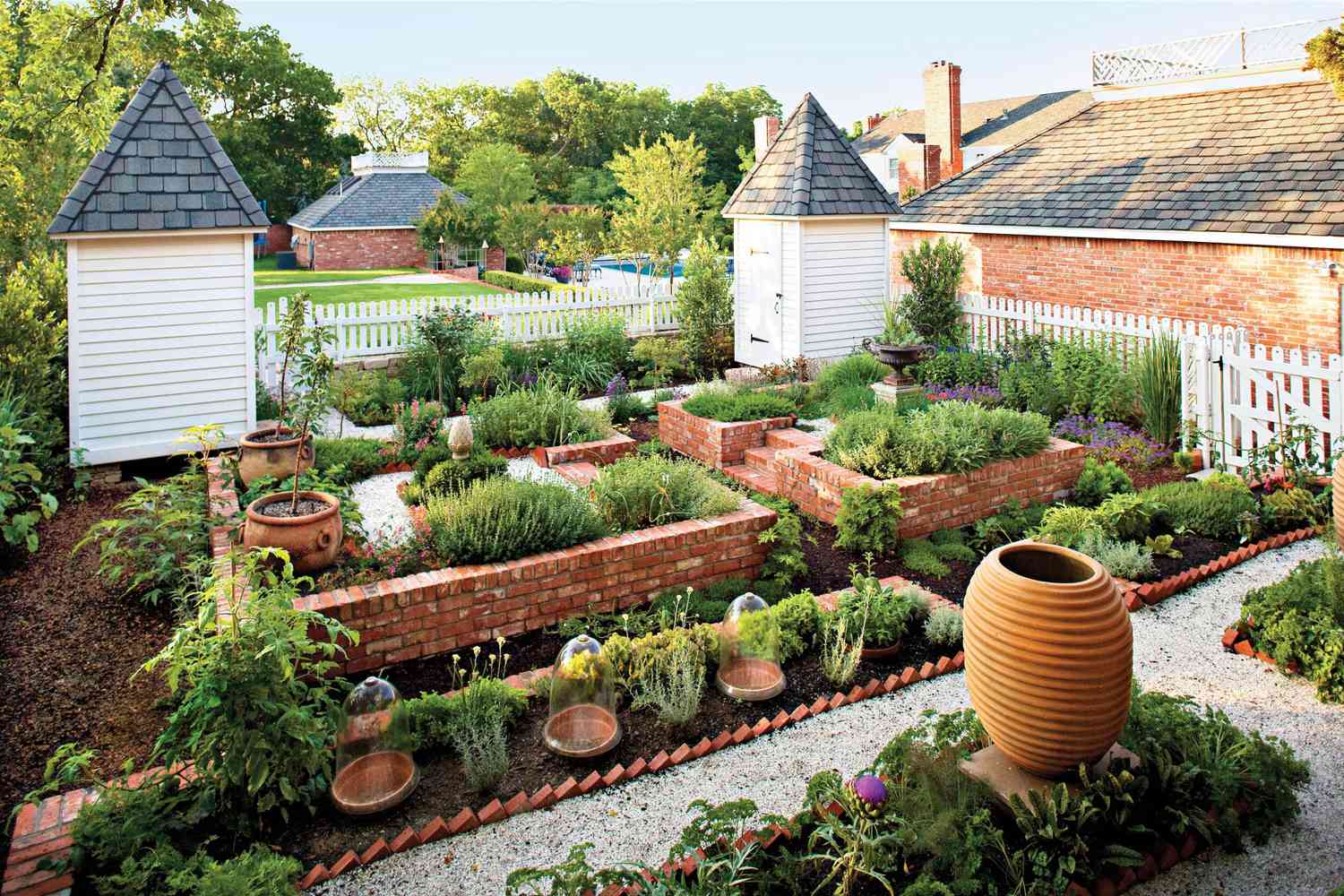

Landscaping Ideas
How To Make A Yard Look Nice Without Grass
Published: January 25, 2024
Discover creative landscaping ideas for a grass-free yard and transform your outdoor space into a beautiful and low-maintenance landscape. Explore innovative ways to enhance your yard without using traditional grass.
(Many of the links in this article redirect to a specific reviewed product. Your purchase of these products through affiliate links helps to generate commission for Storables.com, at no extra cost. Learn more)
Introduction
Welcome to the wonderful world of landscaping without grass! Many homeowners are reimagining their yards and embracing the beauty and practicality of grass-free landscaping. Whether you’re looking to reduce water consumption, minimize maintenance, or simply add a touch of creativity to your outdoor space, there are numerous ways to make your yard look stunning without traditional grass.
By exploring alternative ground cover, incorporating low-maintenance plants, adding hardscaping features, and implementing decorative elements, you can transform your yard into a captivating oasis. This article will guide you through the process of creating a lush and inviting landscape that doesn’t rely on conventional grass. Let’s embark on this exciting journey to discover the endless possibilities for crafting a yard that is both visually appealing and environmentally conscious.
Are you ready to unleash your creativity and explore innovative landscaping ideas? Let’s dive into the fascinating realm of grass-free yard design and discover how to make your outdoor space a true masterpiece!
Key Takeaways:
- Embrace alternative ground cover like xeriscaping, artificial turf, and ground-cover plants to create a vibrant and sustainable yard without traditional grass, reducing maintenance and water consumption while adding visual appeal.
- Integrate low-maintenance plants, hardscaping features, and decorative elements to craft a captivating and environmentally conscious grass-free yard, enhancing its beauty and functionality with creativity and practicality.
Read more: How To Make A Shed Look Nice
Choosing Alternative Ground Cover
When it comes to landscaping without grass, selecting the right ground cover is crucial for achieving a vibrant and sustainable yard. There are several options to consider, each offering unique benefits and aesthetic appeal.
Xeriscaping with Drought-Tolerant Plants: Embracing xeriscaping, which involves using drought-tolerant plants and ground cover, is an excellent way to create a resilient and water-efficient landscape. Succulents, such as sedum and agave, are not only visually striking but also require minimal watering, making them ideal choices for arid climates.
Artificial Turf: For a lush and evergreen appearance without the maintenance and water consumption of natural grass, artificial turf is a popular alternative. High-quality synthetic turf closely resembles the real thing while offering durability and year-round vibrancy.
Ground-Cover Plants: Ground-cover plants, such as creeping thyme, moss, and clover, provide a charming and low-maintenance option for covering bare ground. These plants create a soft, textured carpet of greenery and often require less water and upkeep than traditional grass.
Gravel and Stone: Incorporating gravel or decorative stone can add visual interest and texture to your yard while reducing the need for regular watering and mowing. Gravel pathways and rock gardens can complement the overall design, creating a cohesive and dynamic landscape.
Permeable Pavers: Utilizing permeable pavers allows for efficient rainwater absorption and reduces runoff, contributing to a more eco-friendly yard. These pavers come in various styles and can be arranged to form intricate patterns, offering both functionality and aesthetic appeal.
By carefully selecting alternative ground cover that aligns with your climate, maintenance preferences, and design vision, you can lay the foundation for a stunning grass-free landscape that enhances the beauty of your outdoor space.
Incorporating Low-Maintenance Plants
Integrating an array of low-maintenance plants into your grass-free landscape can infuse natural beauty and vitality while minimizing the need for intensive care. These plants not only thrive in various conditions but also contribute to the overall ecological balance of your yard.
Native Plants: Incorporating native plants into your landscape design offers numerous advantages. Indigenous species are well-adapted to the local climate and soil, requiring minimal irrigation and maintenance once established. Additionally, native plants support local wildlife and contribute to the biodiversity of the ecosystem.
Drought-Resistant Shrubs: Selecting drought-resistant shrubs, such as lavender, rosemary, and yucca, can add texture, color, and fragrance to your yard while withstanding dry conditions. These resilient plants are excellent choices for creating visual interest and attracting beneficial pollinators.
Ornamental Grasses: While you may be eschewing traditional grass, ornamental grasses offer a compelling alternative. These graceful and low-maintenance plants come in a variety of heights, colors, and textures, adding movement and elegance to your landscape without the need for frequent mowing or watering.
Ground-Covering Perennials: Ground-covering perennials, such as creeping phlox, ajuga, and ice plant, are valuable additions to a grass-free yard. These plants form dense mats of foliage and flowers, suppressing weed growth and providing visual appeal while requiring minimal upkeep.
Cacti and Succulents: Embracing the unique beauty of cacti and succulents can lend a striking and low-maintenance element to your landscape. These water-storing plants thrive in arid environments and come in an array of shapes and sizes, offering endless possibilities for creating captivating arrangements.
By strategically integrating low-maintenance plants that are well-suited to your local climate and soil conditions, you can cultivate a diverse and resilient ecosystem within your grass-free yard. These plants will not only enhance the visual charm of your outdoor space but also contribute to its long-term sustainability and vitality.
Consider using a variety of ground cover plants like clover, thyme, or moss to create a lush, green look without the need for traditional grass. These plants are low maintenance and can add visual interest to your yard.
Adding Hardscaping Features
Integrating hardscaping features into your grass-free yard can elevate its visual appeal, introduce functional elements, and create distinct outdoor living spaces. From pathways and patios to decorative structures, hardscaping offers endless opportunities for enhancing the aesthetic and practical aspects of your landscape.
Stone Pathways: Designing meandering pathways with natural stone or pavers can add a sense of charm and purpose to your yard. These pathways not only create visual interest but also provide functional access to different areas of the landscape, guiding visitors through the outdoor space while minimizing soil compaction and erosion.
Outdoor Living Areas: Incorporating hardscaped outdoor living areas, such as patios, fire pits, and seating walls, can transform your yard into a welcoming and versatile extension of your home. These features offer opportunities for relaxation, entertainment, and al fresco dining, enhancing the overall enjoyment and usability of your outdoor space.
Retaining Walls: Installing retaining walls can serve both practical and aesthetic purposes in a grass-free landscape. These structures help prevent soil erosion, create terraced planting areas, and add dimension to the yard’s topography. Additionally, retaining walls can be designed with various materials, such as natural stone or concrete blocks, to complement the overall design scheme.
Water Features: Introducing water features, such as fountains, ponds, or waterfalls, can bring a sense of tranquility and visual interest to your yard. These elements not only serve as focal points but also attract wildlife and contribute to a serene and inviting ambiance, enhancing the overall sensory experience of the landscape.
Decorative Edging: Utilizing decorative edging materials, such as brick, metal, or wood, can define garden beds, pathways, and other landscape elements with a touch of elegance and structure. Well-defined edges not only add visual appeal but also help prevent the encroachment of ground cover plants and maintain the overall neatness of the yard.
By incorporating carefully planned hardscaping features, you can create a cohesive and visually captivating landscape that complements the natural elements of your grass-free yard. These features not only enhance the functionality and aesthetics of the outdoor space but also provide opportunities for personalization and creativity.
Implementing Decorative Elements
Enhancing the visual allure of your grass-free yard involves incorporating decorative elements that add character, charm, and a personalized touch to the landscape. From artistic focal points to ornamental accents, these elements contribute to the overall ambiance and style of your outdoor space, creating a captivating and inviting environment.
Sculptures and Art Installations: Introducing sculptures, art installations, or kinetic wind sculptures can infuse a sense of creativity and visual interest into your yard. These artistic focal points serve as conversation pieces and can complement the surrounding plantings, adding a unique and thought-provoking dimension to the landscape.
Colorful Containers and Planters: Utilizing vibrant containers and planters filled with flowers, ornamental grasses, or succulents allows for flexibility and seasonal variation in your landscape design. These containers can be strategically placed to add splashes of color, texture, and vertical interest, creating dynamic focal points throughout the yard.
Architectural Elements: Incorporating architectural features, such as arbors, pergolas, or trellises, can introduce structure and visual appeal to your outdoor space. These elements provide support for climbing plants, define transitional areas, and create enchanting outdoor rooms, adding a sense of depth and sophistication to the landscape.
Lighting Effects: Implementing strategic lighting, such as pathway lights, uplights, or string lights, can extend the usability and enchantment of your yard into the evening hours. Thoughtfully placed lighting not only enhances safety and security but also highlights key elements of the landscape, creating a magical and inviting atmosphere after dark.
Reflective Surfaces: Introducing reflective surfaces, such as mirrors or glass ornaments, can add a sense of spaciousness and intrigue to your yard. These elements create visual depth and can cleverly capture and reflect natural light, enhancing the overall luminosity and charm of the outdoor space.
By thoughtfully incorporating decorative elements, you can infuse your grass-free yard with personality, style, and visual allure, transforming it into a captivating and harmonious outdoor sanctuary. These elements not only reflect your individual taste and creativity but also contribute to the overall ambiance and visual impact of your landscape.
Read more: How To Make Curtains Look Nice
Maintaining a Grass-Free Yard
Creating and maintaining a lush and inviting grass-free yard involves thoughtful care and attention to ensure its long-term health and beauty. While the maintenance requirements may differ from traditional grass lawns, a well-maintained grass-free landscape can thrive and continue to enchant throughout the seasons.
Weed Control and Mulching: Regularly inspecting and addressing weed growth is essential for preserving the pristine appearance of your yard. Applying a layer of organic mulch around plants and ground cover helps suppress weed growth, retain moisture, and nourish the soil, contributing to the overall health and vitality of the landscape.
Pruning and Trimming: Periodic pruning and trimming of shrubs, trees, and ground cover plants are necessary to maintain their shape, encourage healthy growth, and prevent overcrowding. This practice also allows for adequate air circulation and sunlight exposure, promoting the overall well-being of the plants within the landscape.
Irrigation Management: Monitoring and adjusting the irrigation schedule based on seasonal changes and weather patterns is crucial for sustaining the health and vibrancy of your grass-free yard. Utilizing water-efficient drip irrigation systems and incorporating moisture-retaining techniques, such as rain barrels and strategic planting, can help minimize water usage while supporting the thriving ecosystem.
Regular Cleaning and Maintenance of Hardscaping: Keeping hardscaping features, such as pathways, patios, and decorative structures, clean and well-maintained is essential for preserving their functionality and visual appeal. Regular sweeping, power washing, and minor repairs contribute to the overall tidiness and longevity of these elements within the landscape.
Seasonal Assessments and Adjustments: Conducting seasonal assessments of your yard allows for timely adjustments and enhancements to the landscape. This may involve refreshing mulch, transitioning plant selections based on seasonal interest, and reevaluating the overall design to ensure its continued harmony and allure.
By implementing a proactive and attentive maintenance routine, you can ensure that your grass-free yard remains a flourishing and captivating outdoor haven. Thoughtful care and regular upkeep contribute to the enduring beauty and sustainability of your landscape, allowing you to fully enjoy the rewards of your creative and environmentally conscious outdoor space.
Frequently Asked Questions about How To Make A Yard Look Nice Without Grass
Was this page helpful?
At Storables.com, we guarantee accurate and reliable information. Our content, validated by Expert Board Contributors, is crafted following stringent Editorial Policies. We're committed to providing you with well-researched, expert-backed insights for all your informational needs.
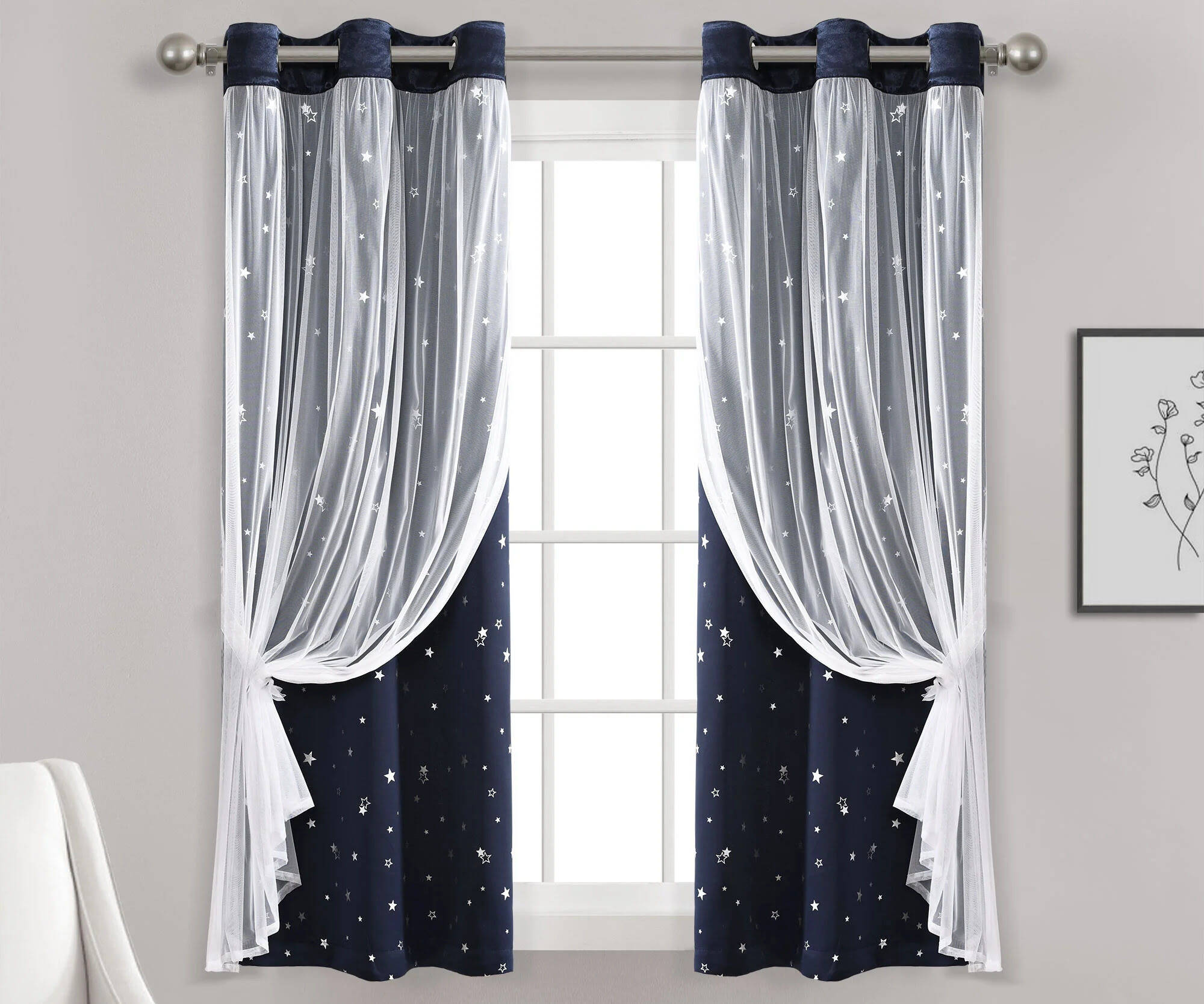
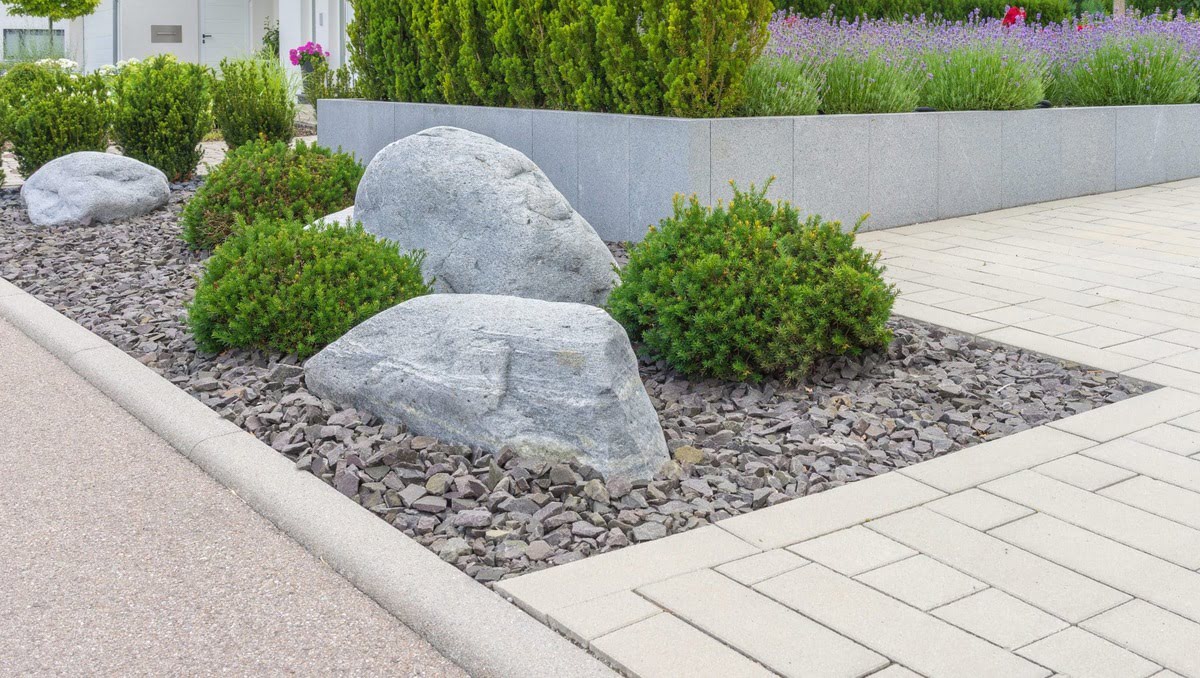
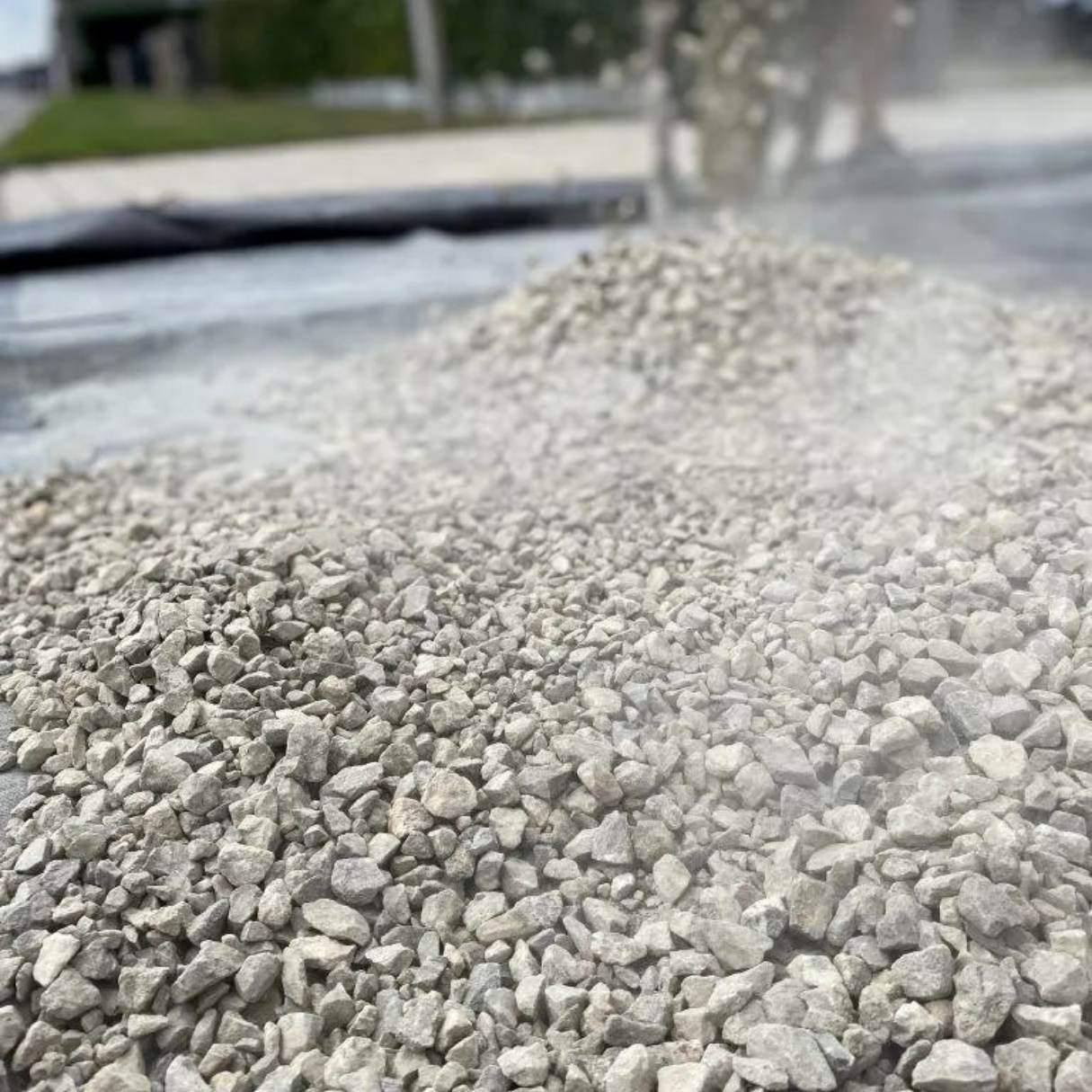
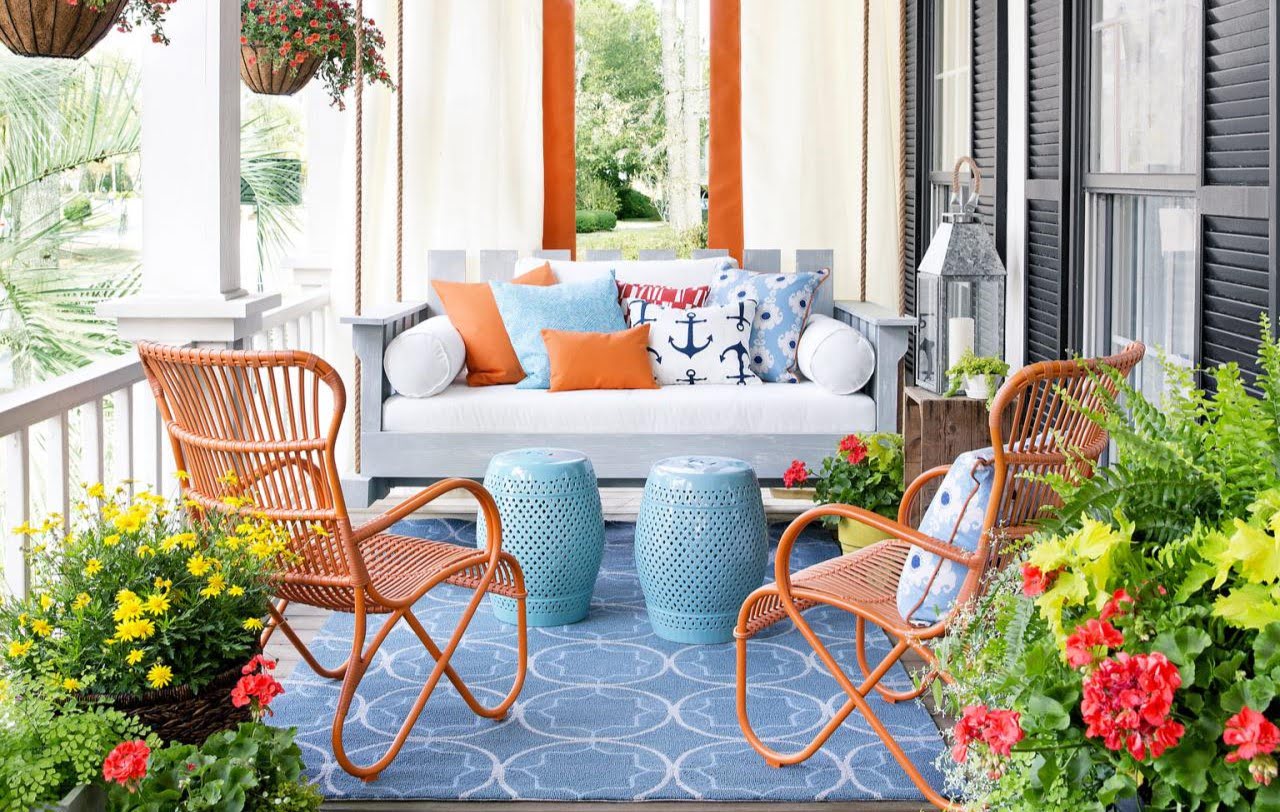
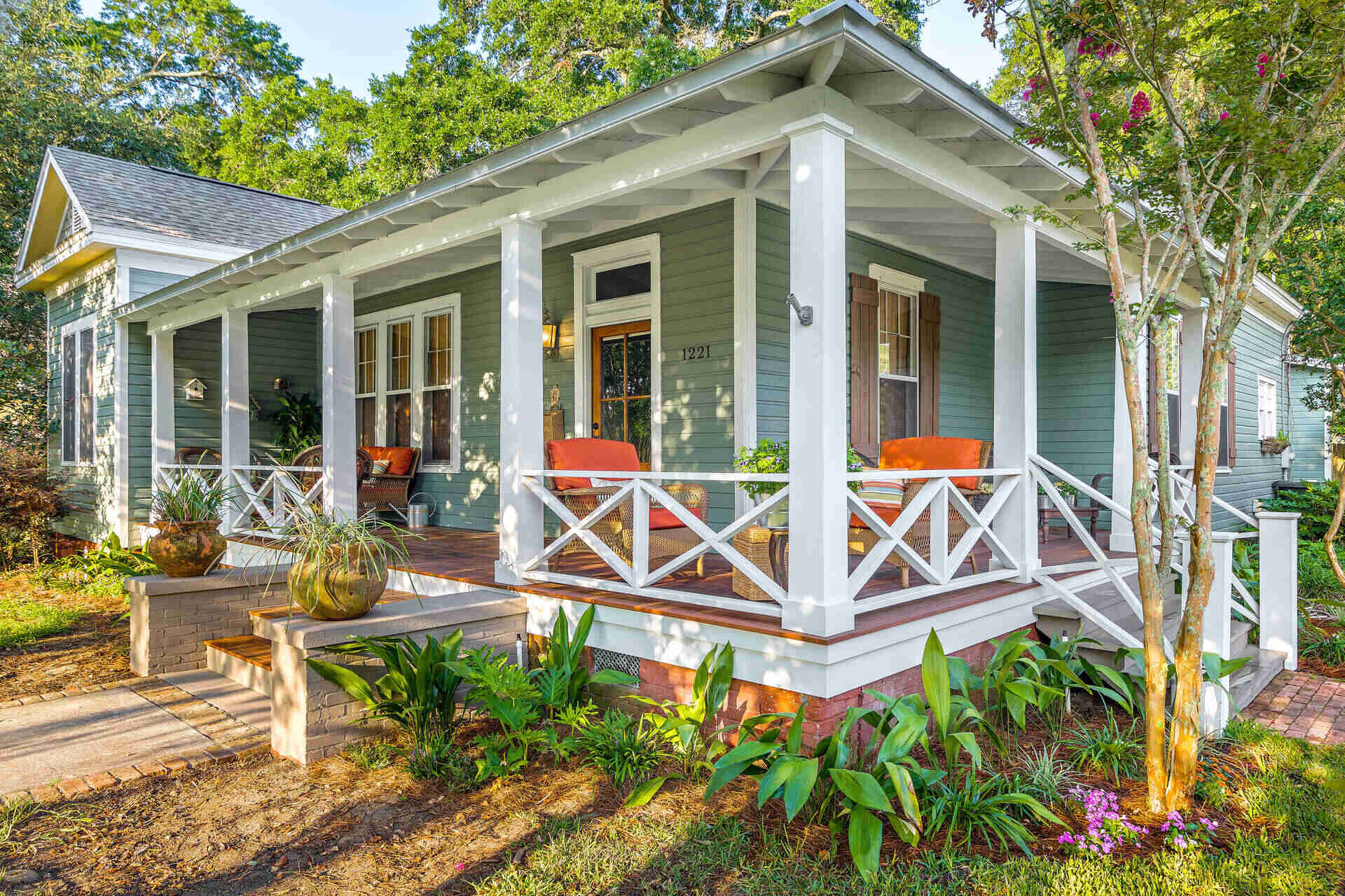

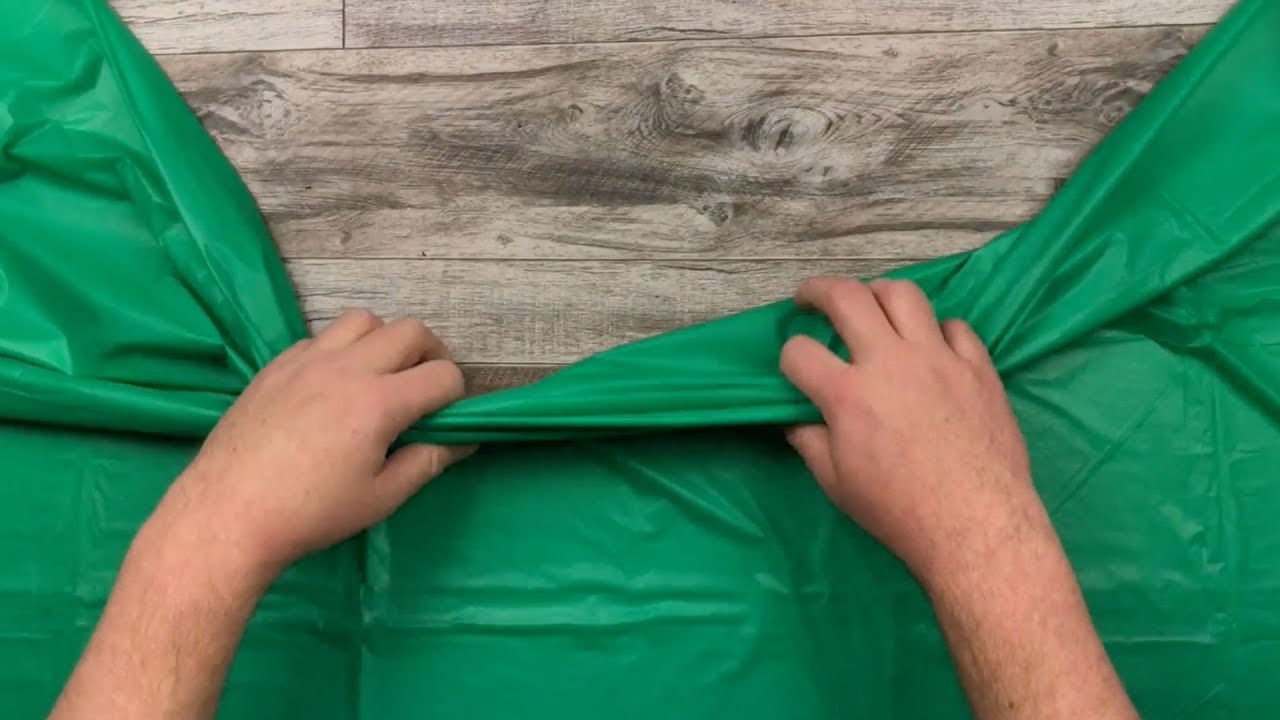
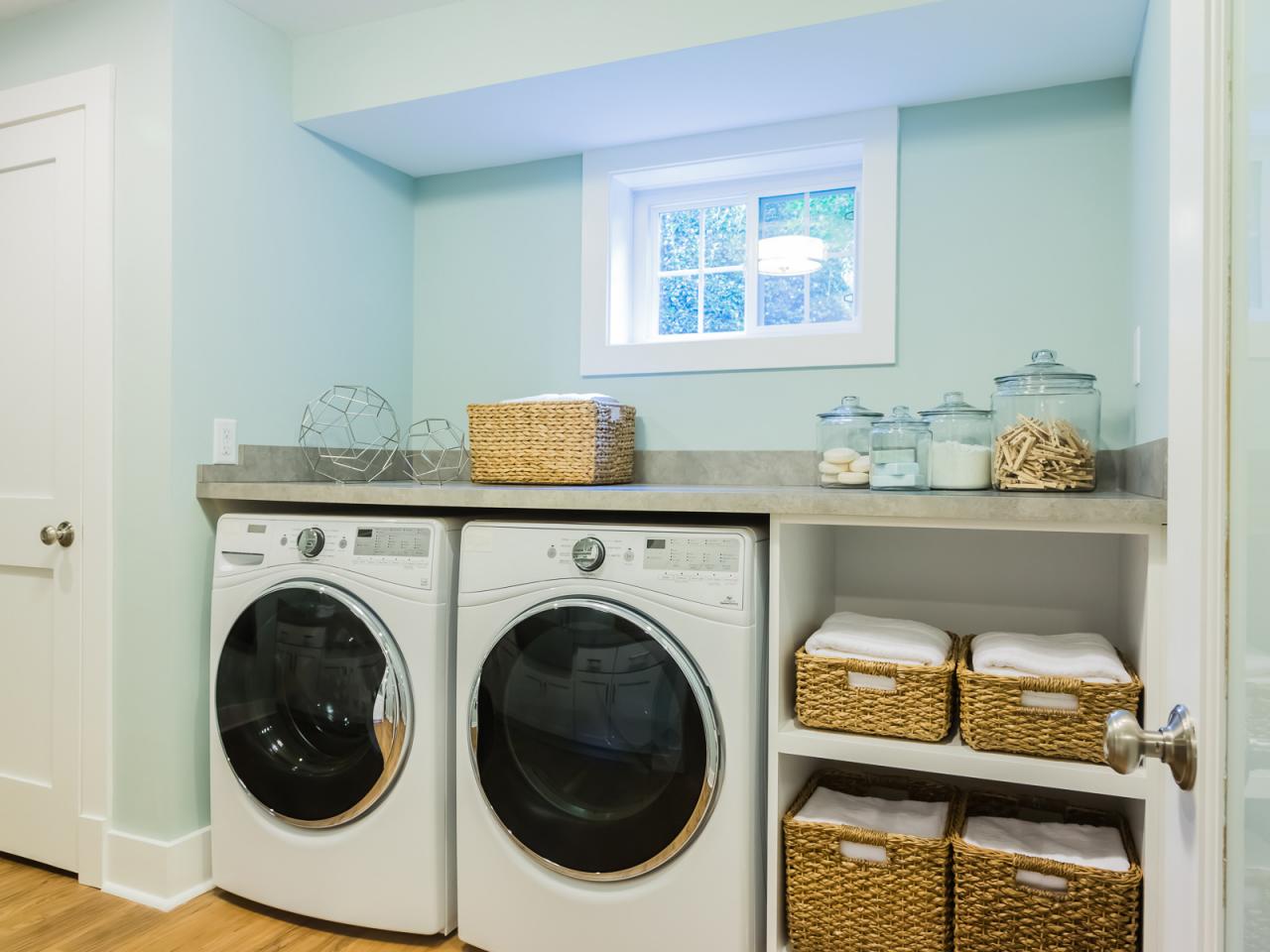

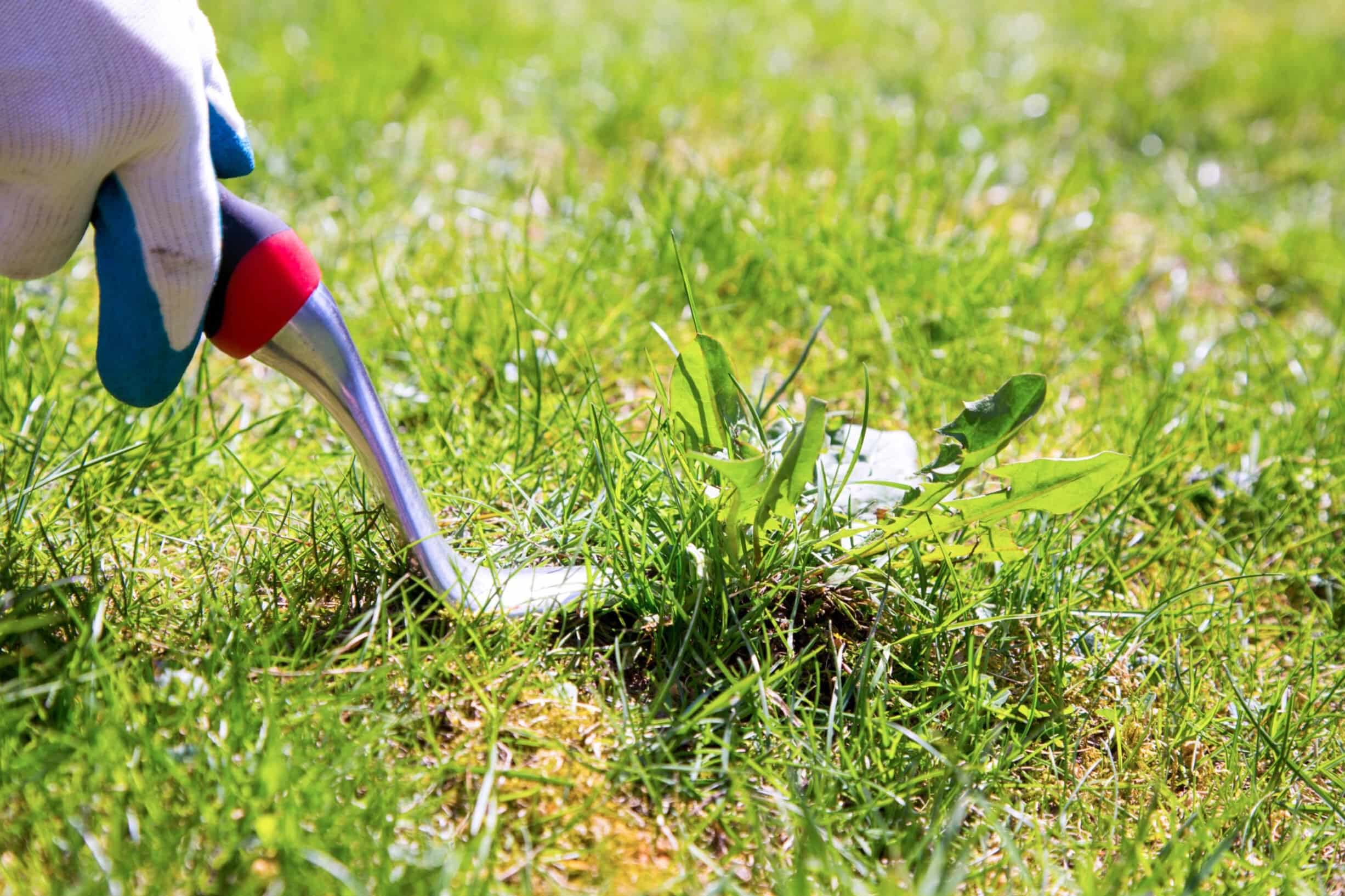
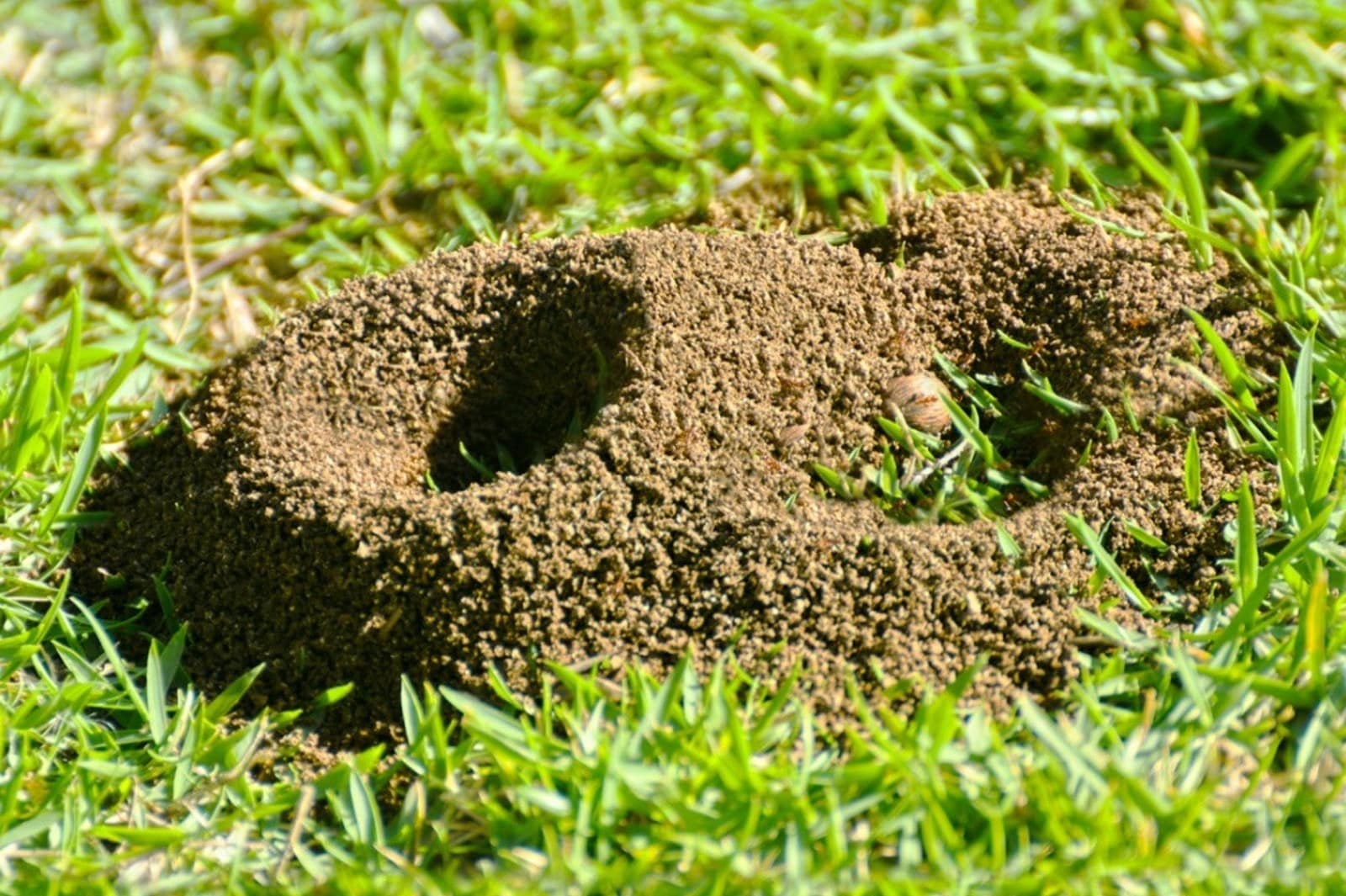

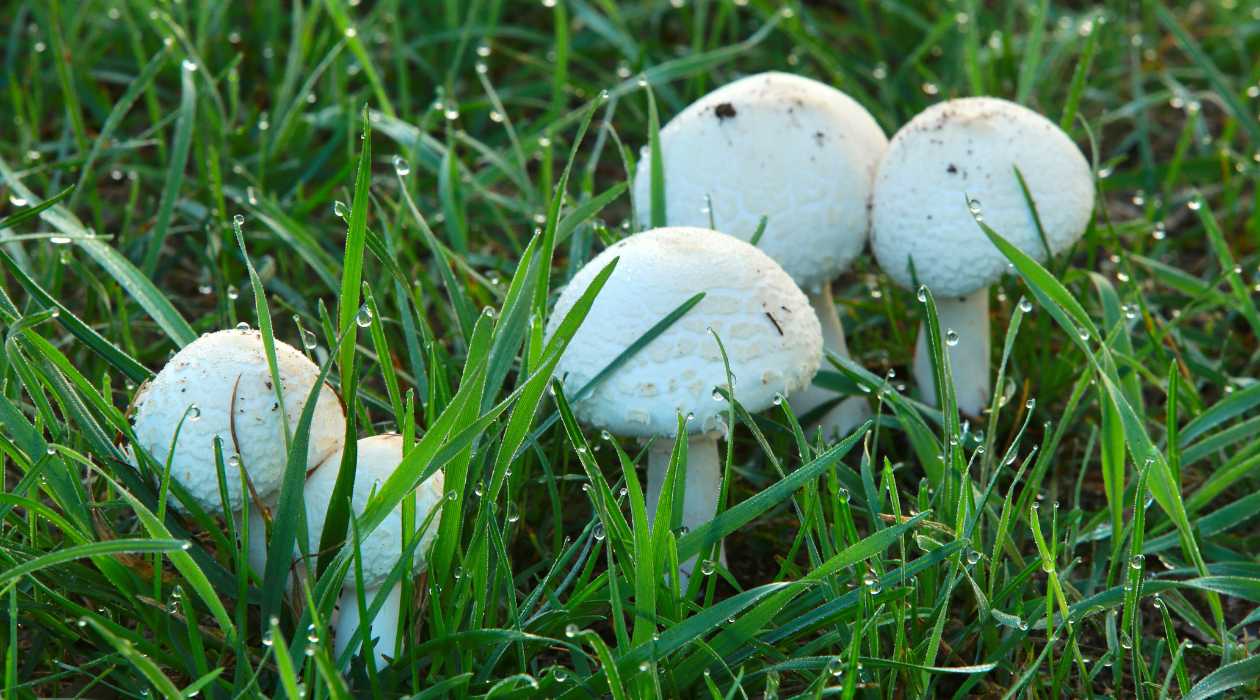
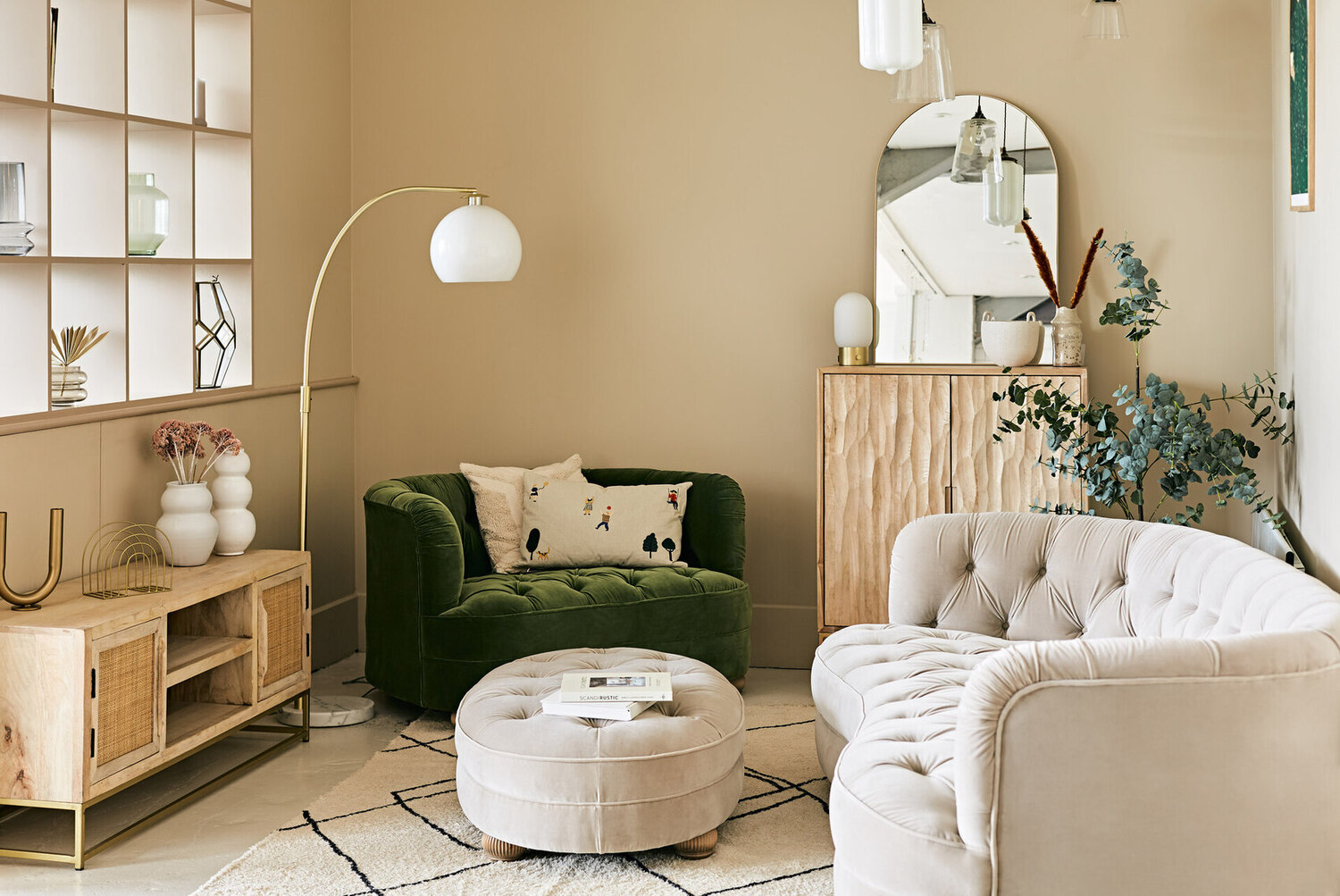

0 thoughts on “How To Make A Yard Look Nice Without Grass”